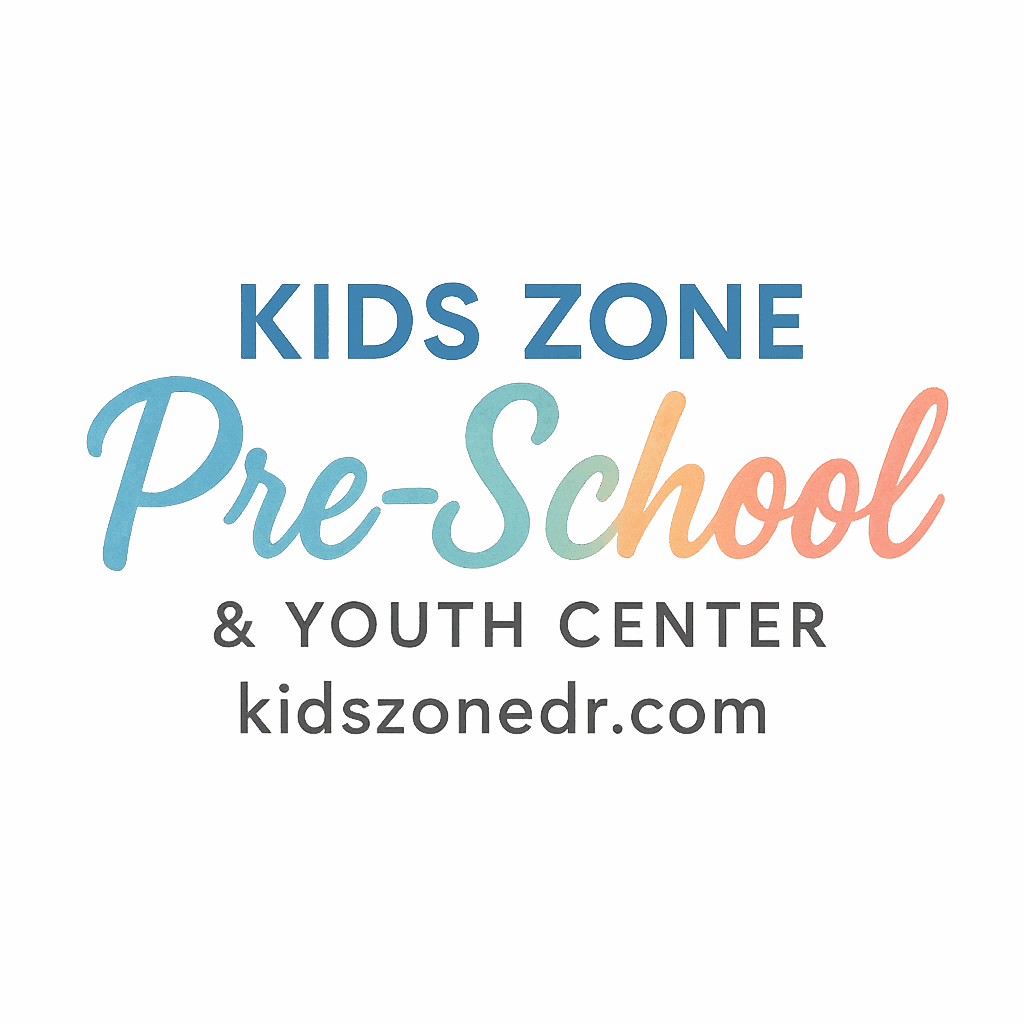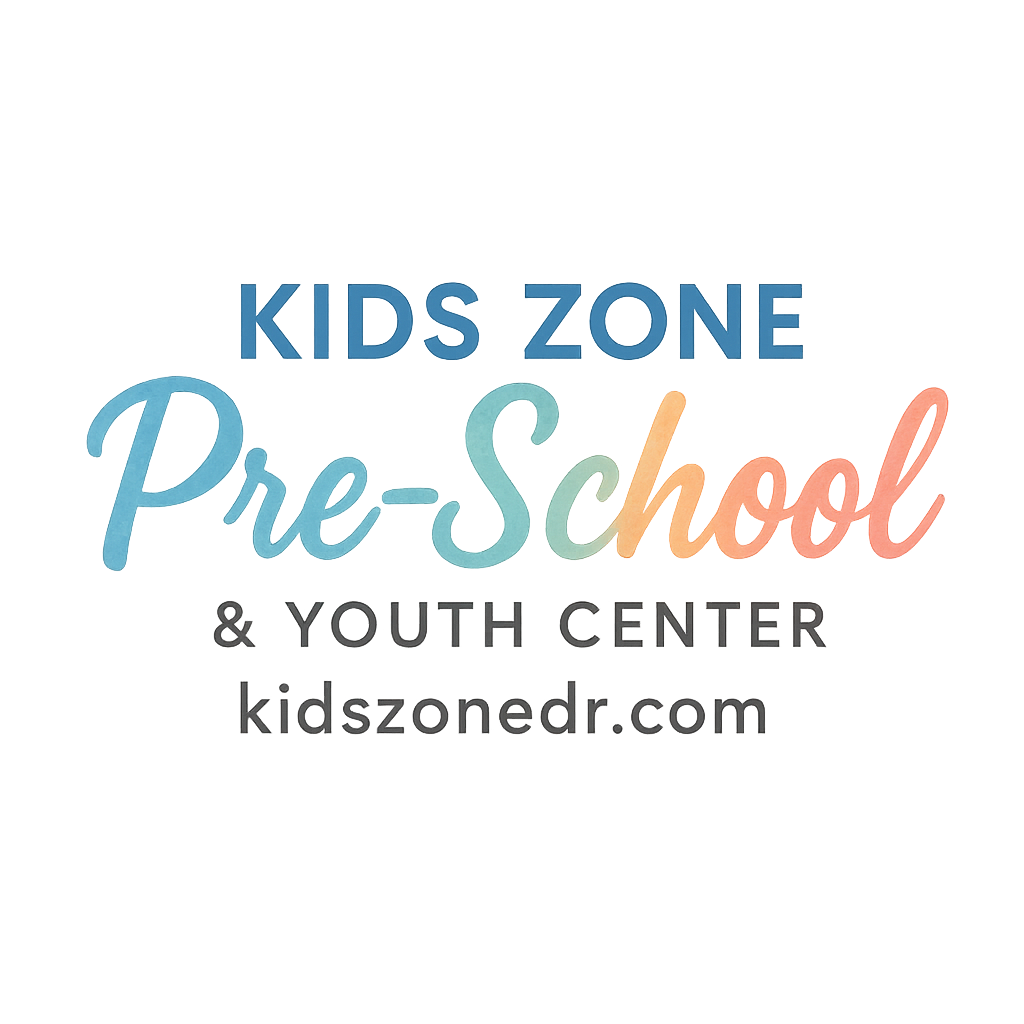Introduction
Ever walked into a preschool and immediately noticed how clean and organized it is? That’s not just luck—it’s the result of strict, consistent cleaning protocols. In a quality preschool environment, cleanliness isn’t just about appearance; it’s about creating a safe, healthy, and productive space for young minds to grow.
Preschoolers are still developing their immune systems, and they’re constantly touching, tasting, and exploring. This makes hygiene and sanitation not just important but absolutely critical.
Let’s dive into the 6 cleaning protocols that define a quality preschool environment and why they matter so much.
Why Cleanliness Matters in a Preschool
Building Healthy Habits Early
Preschool is often the first structured environment where kids begin to learn habits that stick for life. Clean surroundings help teach them the importance of personal hygiene, cleanliness, and responsibility.
Reducing the Spread of Illnesses
Children are natural explorers—and with that exploration comes germs. From toys to shared crayons, bacteria and viruses spread like wildfire. A proper cleaning protocol can significantly reduce absences due to illness and ensure a safer environment.
Explore more on health and safety in preschool for deeper insights.
1. Daily Surface Disinfection
High-Touch Areas That Must Be Cleaned Daily
Quality preschools make sure surfaces like doorknobs, tables, light switches, and faucets are disinfected every day. These are the germ hotspots where bacteria multiply quickly.
Products Used for Effective Disinfection
Preschools often use EPA-approved disinfectants that are child-safe but effective against common pathogens. It’s not just about wiping down—it’s about using the right products in the right way.
Eco-Friendly vs. Chemical-Based Solutions
There’s a growing shift toward green cleaning products. These reduce chemical exposure for kids and staff, which is crucial in closed indoor environments. Balancing effectiveness and eco-friendliness is key.
2. Toy and Equipment Sanitization
How Often Should Toys Be Cleaned?
Toys in preschools are cleaned and sanitized daily—especially if they’ve been in a child’s mouth or used by multiple children. Soft toys are laundered weekly or more often if soiled.
Safe Cleaning Methods for Different Materials
Wooden toys need different care than plastic ones. Spraying and air-drying, steam cleaning, and even dishwasher-safe items are common practices in many schools.
Check out our resources on daily routines and activities to see how toy care fits into the schedule.
3. Hand Hygiene Practices
Teaching Kids Proper Handwashing
This starts Day 1. Teachers make handwashing fun with songs, visual aids, and routines that stick. Kids wash hands before meals, after bathroom breaks, and after messy play.
Staff Hygiene Protocols
It’s not just about the kids—staff must lead by example. They’re required to wash hands frequently and use hand sanitizer when soap and water aren’t available.
Importance of Modeling Behavior
Children are great imitators. When teachers wash their hands regularly, kids follow suit. Hygiene becomes a group norm.
Explore articles about habits and confidence building through routines.

4. Air Quality Control
Ventilation Systems and Air Purifiers
Clean air is essential. Quality preschools install HEPA filters and ensure proper ventilation. Some even use smart air quality monitors to track indoor pollutants.
Preventing Mold and Dust Build-Up
Routine cleaning of HVAC systems and regular inspections prevent mold, which can trigger allergies and asthma in little ones.
5. Bathroom and Diapering Area Cleanliness
Frequency of Bathroom Cleaning
Bathrooms are cleaned multiple times a day—often after every use in higher-end facilities. Sinks, toilet seats, and floors are sanitized using hospital-grade cleaners.
Diaper Changing Best Practices
Every surface involved in diapering is disinfected after use. Gloves are used, hands are washed, and changing tables are sanitized between each child.
Browse through our preschool structure tags for how hygiene is integrated daily.
6. Kitchen and Meal Area Sanitation
Daily Cleaning Protocols for Food Areas
From highchairs to tables, everything that comes in contact with food is cleaned before and after every use. Floors are mopped, and garbage is removed daily to prevent pests.
Proper Food Storage and Waste Disposal
Preschools use labeled containers, follow expiration dates, and ensure perishable items are refrigerated properly. Trash cans have lids and are emptied frequently.
Learn about healthy eating routines that go hand-in-hand with kitchen cleanliness.
Training and Monitoring Staff for Compliance
Regular Audits and Cleaning Checklists
Preschools use daily, weekly, and monthly checklists to ensure all cleaning protocols are followed. Supervisors perform spot-checks and staff receive ongoing training.
Parent Involvement in Maintaining Cleanliness
Encouraging Hygiene Habits at Home
Parents are encouraged to practice the same hygiene habits at home to reinforce what their kids learn at school.
Communication Between Parents and Staff
Open communication is crucial. If a child is sick, parents should notify the school immediately. Preschools often send hygiene newsletters to parents.
Find more tips on parental guidance and involvement.
Tools and Technologies Supporting Cleanliness
UV Sanitizers and Smart Cleaning Devices
Tech has entered the cleaning game—UV wands, robot vacuums, and smart sensors are being used in modern preschools for enhanced sanitation.
Tracking and Documentation Systems
Digital apps help track cleaning schedules and alert staff when it’s time to disinfect high-traffic zones.
Adapting to Seasonal and Health Crises
COVID-19 Lessons and Protocols
COVID taught everyone a lot. Quality preschools adopted mask policies, deep cleaning routines, and social distancing strategies, many of which are still in use during flu seasons.
Flu Season Preparation
More frequent disinfection and increased handwashing campaigns help keep the flu at bay.
For flu season tips, check out our wellness tag.
Benefits of a Clean Preschool Environment
Better Health Outcomes
Clean environments mean fewer sick days. Kids stay healthier, happier, and more engaged.
Improved Learning and Concentration
Less distraction from illness means better focus. A clean space helps kids feel calm and secure, allowing them to learn more effectively.
More details on preschool learning and development.
Conclusion
Keeping a preschool clean isn’t a one-time job—it’s a daily mission that requires commitment, consistency, and care. From sanitizing toys to ensuring air quality, every protocol plays a crucial role in protecting young children. A clean preschool is more than just tidy—it’s a powerful tool in shaping happy, healthy, and confident learners.
Curious about what else to look for in a preschool? Check out choosing the right preschool for more insights.
FAQs
1. How often should preschools clean toys?
Toys should be cleaned daily and sanitized especially after being in a child’s mouth or shared.
2. What kind of disinfectants are safe for preschool use?
EPA-approved, non-toxic disinfectants are preferred. Many schools also opt for eco-friendly options.
3. How do schools ensure air quality is maintained?
By using HEPA filters, air purifiers, and ensuring proper ventilation throughout the facility.
4. What should parents do if their child is sick?
Keep them at home and notify the preschool immediately to prevent the spread of illness.
5. Are staff members trained in cleaning protocols?
Yes, staff undergo regular training and follow strict cleaning schedules with checklists and audits.
6. Can technology help in keeping schools clean?
Absolutely! From UV sanitizers to smart cleaning apps, many preschools use tech to enhance sanitation.
7. Why is parental involvement important in preschool hygiene?
It reinforces the hygiene habits kids learn at school, making them more consistent and effective.


